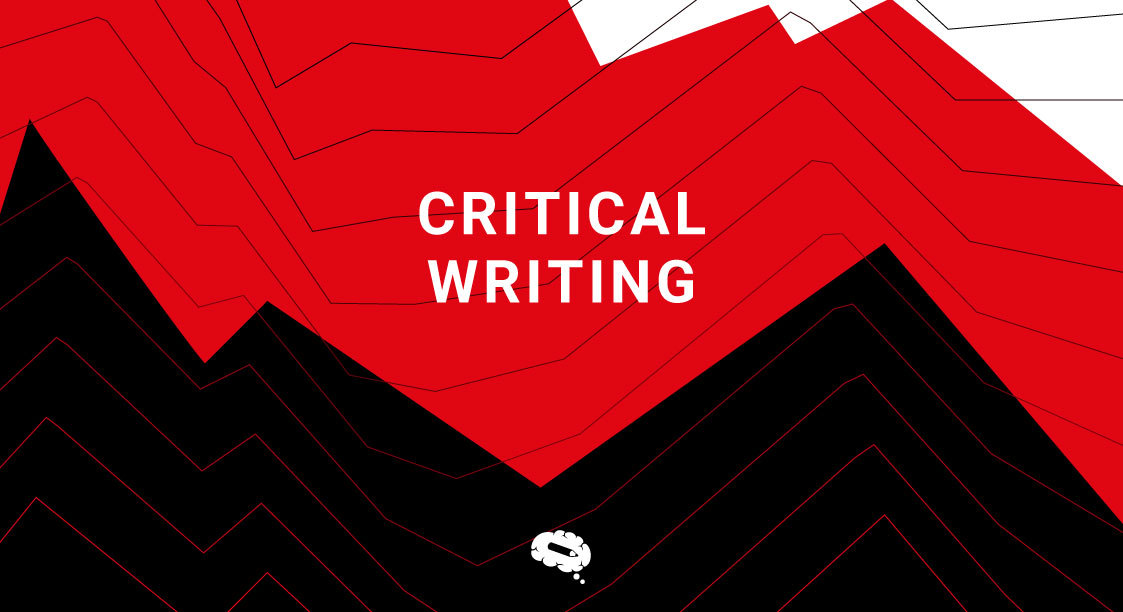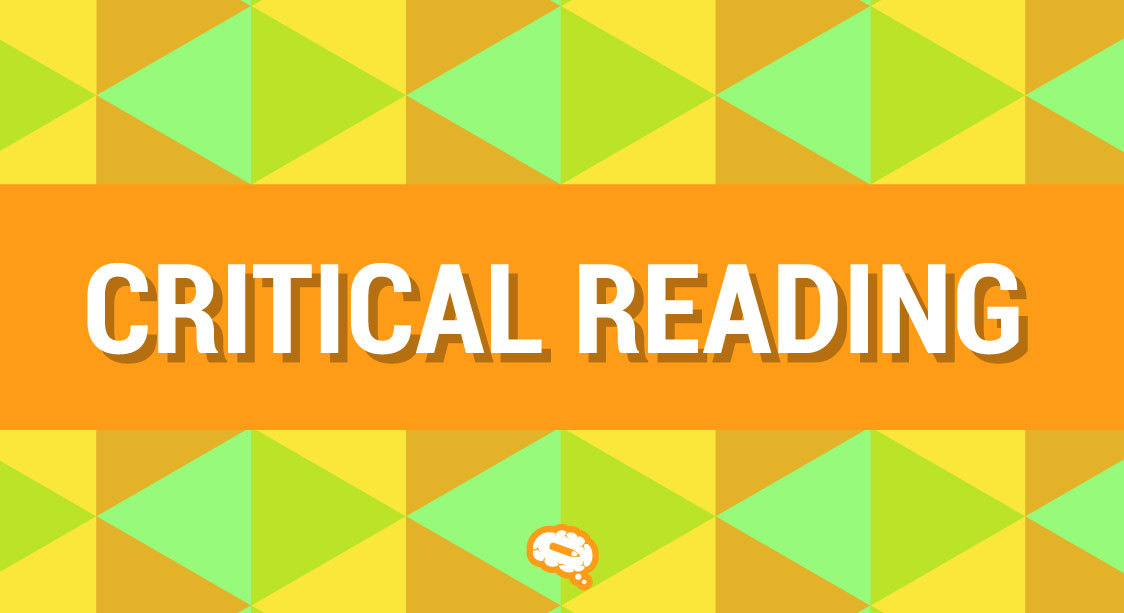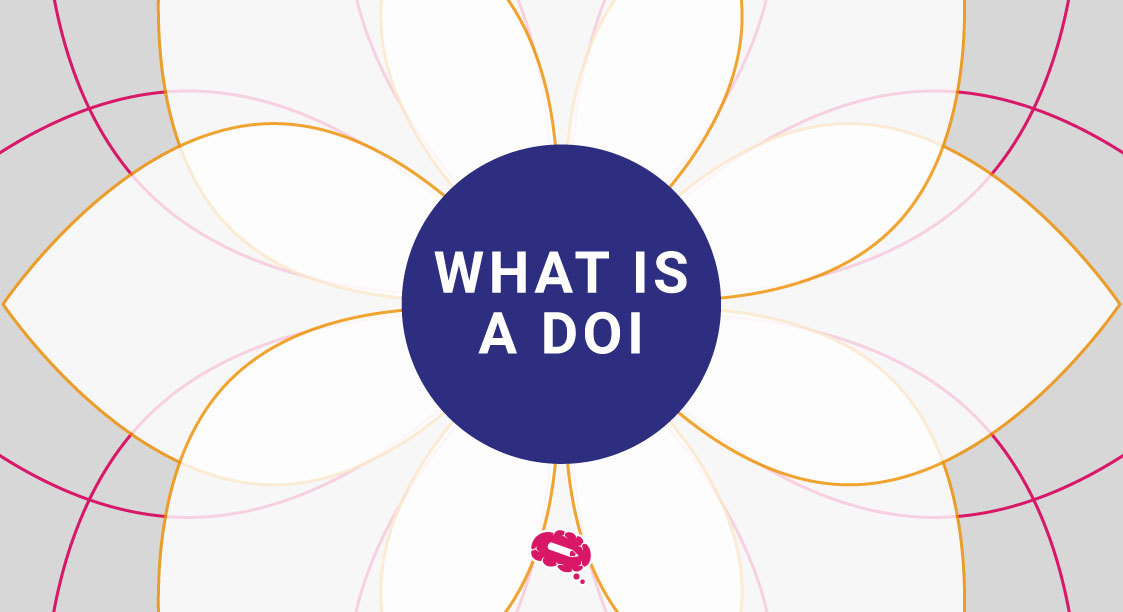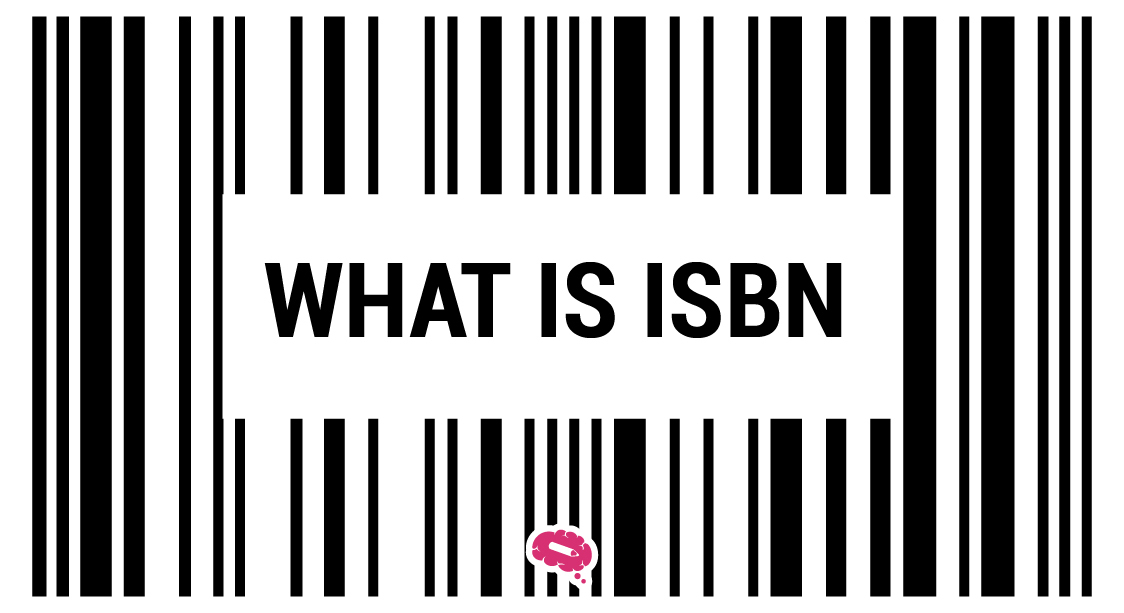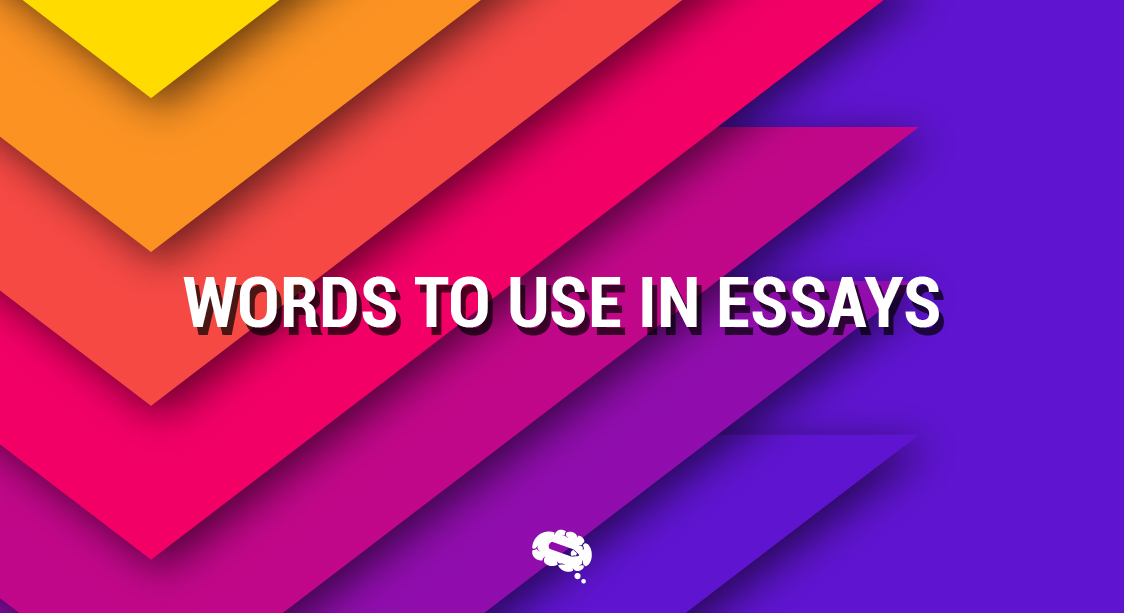In both academic and professional spheres, proficiency in critical writing stands as a cornerstone skill that drives impactful communication and insightful analysis. Whether grappling with an academic task or constructing a compelling argument, a firm grasp of the fundamentals of critical writing is indispensable for achieving the desired outcomes.
This article serves as a practical guide, offering a comprehensible approach to mastering the art of critical writing. Keep reading to master the art of critical writing with insights and practical tips.
Definition Of Critical Writing
Critical writing, an integral component of academic and professional discourse, serves as a fundamental pillar of effective communication and analytical thinking. It encompasses the skill of objectively analyzing and evaluating information, fostering a nuanced understanding of complex subjects, and constructing coherent arguments. In the pursuit of mastering critical writing, individuals are equipped with the tools to engage thoughtfully with various perspectives, challenge prevailing notions, and contribute to the existing body of knowledge with informed insights.
Benefits Of Critical Writing
- Enhanced analytical skills: Critical writing fosters the ability to dissect complex information, facilitating a deeper comprehension of underlying concepts and themes.
- Deeper understanding of complex concepts: By encouraging a thorough examination of ideas and arguments, critical writing promotes a nuanced understanding of intricate subject matter.
- Improved problem-solving abilities: Through the practice of critical writing, individuals develop the capacity to identify and address issues with a methodical and logical approach.
- Heightened ability to evaluate and critique information: Critical writing cultivates a discerning mindset, enabling individuals to assess the credibility and validity of various sources and arguments.
- Strengthened capacity for independent thinking: Engaging in critical writing nurtures independence in thought, encouraging individuals to form their perspectives based on thorough analysis and reasoning.
- Development of a more persuasive and compelling communication style: By honing the skill of constructing well-reasoned arguments, critical writing facilitates the development of a convincing and articulate communication style.
- Increased proficiency in constructing well-reasoned arguments: Practicing critical writing sharpens the ability to present coherent and well-structured arguments supported by sound reasoning and evidence.
- Heightened awareness of diverse viewpoints and perspectives: Critical writing encourages an open-minded approach, fostering an appreciation for diverse opinions and perspectives within various contexts.
- Improved research skills and information literacy: Through the process of critically evaluating sources, critical writing enhances research skills and promotes a deeper understanding of information literacy.
- Greater confidence in engaging with complex academic tasks: By equipping individuals with the necessary tools to tackle intricate academic challenges, critical writing instils confidence in addressing complex academic tasks with competence and clarity.
Also read: Mastering Critical Reading: Uncover The Art Of Analyzing Texts
Understanding The Assignment
Before delving into the intricacies of critical writing, it is imperative to develop a comprehensive understanding of the assigned task. This initial step serves as the cornerstone for effectively approaching the writing process, ensuring that the intended objectives and parameters are carefully delineated and adhered to throughout.
Specifying The Requirements
To successfully meet the demands of an assignment, it is essential to pay close attention to the specific requirements outlined, encompassing the scope, formatting guidelines, word count, and any additional criteria stipulated by the instructor or the task itself. Accurate identification and adherence to these requirements lay the groundwork for a well-executed piece of critical writing.
Developing An Appropriate Thesis Statement
At the core of any well-constructed piece of critical writing lies a clear and concise thesis statement. This pivotal element serves as the guiding beacon for the entire writing process, succinctly encapsulating the central argument or perspective that the writer intends to explore and defend. A well-crafted thesis statement not only provides a roadmap for the reader but also offers a cohesive direction for the writer’s analytical approach.
Choosing The Right Sources And Content
The selection of appropriate sources and content plays a vital role in establishing the credibility and depth of the analysis. It is imperative to choose sources that are reliable, relevant, and authoritative, thereby fortifying the arguments with substantial evidence and fostering a comprehensive understanding of the subject matter at hand.
Deciding On A Method Of Analysis
The method of analysis employed in critical writing significantly influences the depth and breadth of insights derived from the text. Whether it involves a comparative analysis, a thematic exploration, or a cause-and-effect examination, the chosen method serves as the lens through which the writer dissects and interprets the underlying themes and arguments, thereby enriching the overall analysis and discourse.
Process Of Critical Writing
The process of critical writing embodies a systematic approach to dissecting complex ideas and constructing well-founded arguments. It entails a meticulous journey from ideation to polished execution, emphasizing the significance of thoughtful analysis and coherent presentation.
Brainstorming Ideas And Planning Your Argument
Effective critical writing begins with the exploration of diverse ideas and perspectives related to the chosen topic. This initial phase involves brainstorming, where concepts are generated, organized, and refined to form a cohesive argumentative framework that aligns with the central thesis.
Structuring And Organizing Your Essay Or Paper
A well-structured essay or paper is essential for facilitating a seamless flow of ideas and enhancing the reader’s comprehension. This phase of the process entails organizing the content logically, incorporating clear transitions, and establishing a coherent framework that supports the development of the argument from introduction to conclusion.
Related article: Words To Use In Essays: Amplifying Your Academic Writing
Supporting Arguments With Sufficient Evidence And Examples
Central to the effectiveness of critical writing is the integration of robust evidence and relevant examples to substantiate key arguments and claims. By incorporating credible sources, data, and real-life instances, the writer fortifies the validity and persuasiveness of their analysis, thereby fostering a comprehensive and compelling narrative.
Drawing Conclusions Based On Source Material
Drawing informed and well-founded conclusions is a crucial aspect of the critical writing process. It involves synthesizing the information gathered from various sources, critically evaluating the data, and deriving insightful conclusions that reflect a comprehensive understanding of the subject matter and align with the overarching thesis statement.
Editing For Clarity, Coherence, Grammar, And Content
The editing phase of critical writing entails a meticulous review of the entire composition, focusing on enhancing clarity, ensuring coherence, rectifying grammatical errors, and refining the overall content to align with the intended message and tone. It serves as a crucial step in refining the narrative and ensuring that the piece is polished and coherent for the reader.
Proofreading For Final Corrections
Proofreading is the final step in the critical writing process, involving a detailed examination of the text to identify and rectify any remaining errors or inconsistencies. This meticulous review ensures that the work is free from spelling mistakes, punctuation errors, and any lingering issues, thereby presenting a polished and professional piece of critical writing that reflects the writer’s attention to detail and commitment to quality.
Referencing Sources In Critical Writing
Referencing sources in critical writing is a fundamental practice that validates the credibility of your arguments. It involves acknowledging the contributions of other scholars and experts whose ideas and research have influenced your analysis. By adhering to the conventions of recognized citation styles such as APA, MLA, or Chicago, you demonstrate a commitment to academic integrity and ethical scholarship.
In practical terms, this means citing your sources within the text and compiling a detailed bibliography or reference list at the end of your work. It also necessitates providing accurate information about the sources you’ve consulted, including the author’s name, publication date, title, and relevant publication details.
In the digital context, it’s crucial to include stable web addresses or DOIs for online sources to ensure accessibility and verifiability. By adopting a meticulous approach to referencing, you establish a solid foundation for your own analysis while respecting the intellectual contributions of others, thereby enhancing the reliability and scholarly value of your critical writing.
Related article: What Is A DOI? Exploring The Purpose And Importance
Unleash The Power Of Infographics With Mind the Graph
Mind the Graph simplifies the creation of scientific infographics by providing a user-friendly platform with a diverse template selection and easy data integration. Its intuitive customization options enable users to tailor their graphics effortlessly. Once created, the infographics can be readily shared online, making it a valuable tool for presenting intricate scientific concepts in a visually accessible manner, irrespective of one’s design expertise. Sign up and start creating now.

Subscribe to our newsletter
Exclusive high quality content about effective visual
communication in science.

